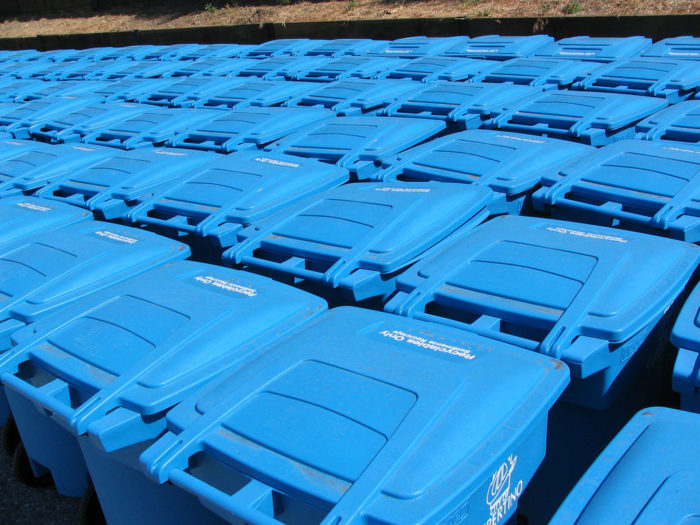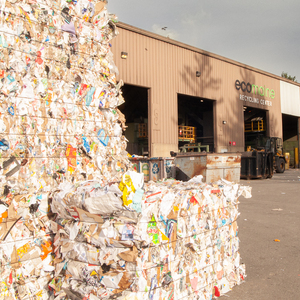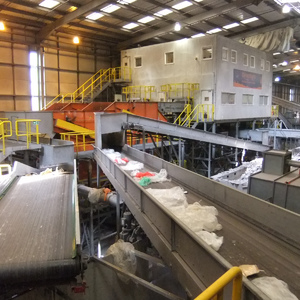
Image Credit: Peter Kaminski / CC BY 2.0 / Flickr
Recycling rates have dropped in California, and for the first time since 2010 are below 50%.
Plastic News reports that the statewide recycling rate fell to 47% last year, a decline of 3 percentage points from the year before. The new data from the California Department of Resources Recycling and Recovery (CalRecycle) suggest that the state has some catching up to do if it hopes to meet a recycling goal of 75% by 2020.
Recycling centers around the state have closed, the trade publication says, as the state reduced the fees it pays for handling plastic bottles and other containers. At the same time, commodity prices for aluminum and PET, a clear plastic used for water and soda bottles, have declined.
“Recyclers across all industries are hurting,” said Teresa Bui, a legislative and policy analyst with Californians Against Waste (CAW). “The low commodity prices for paper, plastic, and metals are all driven by low oil prices. It’s cheaper to by virgin materials to make new PET bottles than purchase recycled PET.”
Weekly Newsletter
Get building science and energy efficiency advice, plus special offers, in your inbox.
Mark Murray, CAW’s executive director, called the statistics “an embarrassing blemish,” and said that the state’s recycling future is at a crossroads. Murray said that more than 660 California recycling centers have closed in the last 12 months and hundreds more could meet the same fate unless the state legislature restores recycling reimbursements to 2015 levels.
CAW said that while recycling rates fell, disposal amounts increased by 2 million tons in 2015.
Plastic News said that the “diversion rate,” a broader measure that includes materials used for fuel, landfill cover, and roads, stood at 63% last year. According to CalReycle, the state recycled and composted roughly 37 million tons of material in 2015. The agency says that about half the solid waste produced every day is buried in landfills, burned to produce energy, or otherwise disposed of.
Plastics recycling goes up in Canada
North of the border, the Canadian Plastics Industry Association reports that the amount of plastic packaging that was recycled rose by 3% between 2013 and 2014.
At least 707 million pounds of post-consumer plastic were collected for recycling in 2014, Moore Recycling Associates said.
Most of the increase in recycling came from plastic film and high-density polyethylene bottle recycling, due in part to more aggressive curbside pickup programs.
Krista Friesen, vice president of sustainability at the plastics industry association, said that the 3% gain is more than it sounds like because packaging, overall, is getting lighter. “So,” she said, “to realize any increase means that a larger volume of plastics were recovered.”















0 Comments
Log in or create an account to post a comment.
Sign up Log in